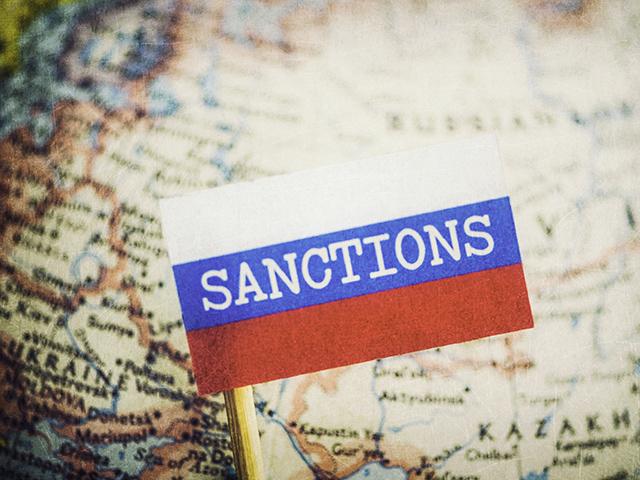Inside the Market
The Economics of War
I've always been fascinated by long-term price charts and the lessons they show about how people behaved through different times in history. One of the first things you notice from looking back over a century of prices is that financial assets, such as stocks, tend to do best during times of peace, and physical assets, such as crops and energies, tend to rise most during times of war.
Obvious examples for corn show big jumps from roughly 50 cents a bushel before World War I to more than $2 a bushel in 1917. Prices fell below 50 cents again in 1932, during the depths of the Great Depression, but surged to nearly $3 a bushel in 1947, shortly after World War II.
The logic of how behavior differs during times of peace or war seems straightforward. In times of peace, obstructions to production are minimal, and surpluses of physical assets are more common. Businesses that add value to cheap goods tend to be profitable in peaceful times; hence, the price of financial assets such as stocks go up, while the prices of commodities tend to underperform.
War, on the other hand, disrupts production and makes doing business difficult, if not impossible. Of course, war is not the only thing that makes commodity prices go up. The price explosion that took spot corn prices from roughly $1.25 a bushel in 1972 to $4 by the fall of 1974 was largely caused by drought, first in Russia and later in the U.S.
P[L1] D[0x0] M[300x250] OOP[F] ADUNIT[] T[]
Russia's sneaky purchase of one-fourth of the U.S. wheat harvest in 1972 played a big part. President Nixon's decision to take the U.S. dollar off the gold standard in 1971 also added a bullish dimension to commodity prices, as the new currency wasn't well accepted.
More recently, we have learned strong bullish influence of commodity prices can come from a global pandemic. Thankfully, we have only had one example in modern history, but much like war, the COVID-19 pandemic that emerged in early 2020 quickly cost the U.S. economy more than 25 million jobs, shut down 25% of U.S. oil production and snarled up shipping traffic around the world, with some ports still congested.
In 2021, drought sharply reduced the North American wheat crop and, in early 2022, trimmed back soybean crops in Argentina and Brazil. Adding even more bullish influence, Russian troops attacked Ukraine, the world's leading producer and exporter of sunflower oil, third-largest exporter of barley and fourth-largest exporter of corn and wheat, on Feb. 23, 2022.
Pandemic, drought and now, war. It is difficult to find a more bullish trifecta for commodity prices in modern history, far beyond anything the Federal Reserve can fix with a few rate hikes. And, we can't rule out the possibilities of further drought in 2022. For the challenges we face in 2022, peace and production are the only genuine cures, two essentials that look elusive in 2022.
**
-- Read Todd's blog at https://about.dtnpf.com/…
-- You may email Todd at todd.hultman@dtn.com, or call 402-255-8489.
[PF_0422]
(c) Copyright 2022 DTN, LLC. All rights reserved.




